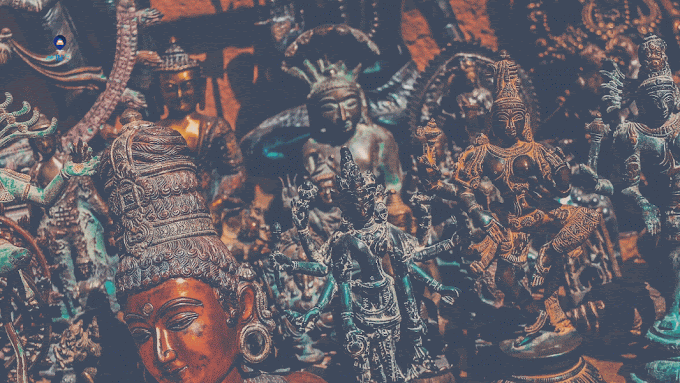Siege of Delhi, (8 June–21 September 1857). The hard-fought recapture of Delhi with the aid of the British navy become a decisive second in the suppression of the 1857–58 Indian Mutiny towards British rule. It extinguished Indian dreams of recreating the guideline of the Mughal Empire. The revolt misplaced its concord, permitting the British to defeat any closing isolated pockets of resistance.
The War In Delhi In 1857
After the seize of Delhi with the aid of rebels in May, the British have been not able to release a counterattack due to the fact their military became dispersed over massive distances. It took pretty some time for the British to assemble a navy, however, in June, two columns were combined with a force of Ghurkas.
The makeshift force controlled to occupy a ridge overlooking the metropolis however became not large enough to launch an attack, marking the start of the siege on June eight. Inside the town were extra than 30,000 mutineers unswerving to Bahadur Shah, who become keeping court docket as the Mughal emperor. The huge numbers of mutineers meant that the British pressure felt as though they were the ones underneath siege, and, because the weeks wore on, the British started to be afflicted by outbreaks of cholera and dysentery. However, reinforcements slowly arrived from Punjab, consisting of a siege teach of thirty-two guns and 2,000 more men beneath the command of Brigadier General John Nicholson.
By early September, the British had assembled a pressure of some nine,000, which consisted of three,000 normal troops and 6,000 Sikhs, Punjabis, and Ghurkas. The siege weapons started firing on September 8 and, by September 14, had made sufficiently large breaches inside the partitions to release and assault. The assault was met with stiff resistance however with the aid of September 21, after a week of savage road-to-avenue combating, Delhi was returned below British manipulation. Bahadur Shah become arrested and died in exile in Rangoon in 1862. He turned into the final of the Mughal emperors.
The Battle of Delhi | India
Battle of Delhi, (17 December 1398). In 1398 the Mongol-Turkish warrior Timur, ruler of Central Asia from his capital at Samarkand, located a pretext to strike south into India. His victory over the sultan of Delhi confirmed the impossible to resist preventing qualities of his army and the fantastic destructiveness that made him a legend of cruelty.
The Battle War | Delhi India
A religious Muslim, Timur alleged that his co-religionist Sultan Nasiruddin Mahmud of Delhi changed into being too lenient toward his Hindu topics. On this pretext he marched into the Indian subcontinent in overdue summer season 1398, his tribal steppe horsemen plundering and massacring as they advanced. By the time Timur approached Delhi, his army turned so weighted down with loot and captured slaves that military efficiency becomes imperiled. Timur’s answer becomes to order his fans to kill all their slaves—probably around one hundred,000 human beings. Thus prepared, the invaders faced Sultan Mahmud’s military outside the walls of Delhi. The sultan had a force of conflict elephants, creatures with which the steppe warriors have been unexpected. Timur had his men dig tricky field fortifications—a gadget of trenches and ramparts—to block the rate of the pachyderms and deliver his fearful followers a feeling of safety.
The Hard Battle
The route of the struggle is tough to piece together from the historic record. Incendiary gadgets played a part, which includes catapults that hurled pots of inflammable liquid. The charge of Timur’s horsemen was virtually decisive, reportedly scattering the Indian squaddies "as hungry lions scatter a flock of sheep." Victorious within the field, Timur unleashed his warriors upon Delhi in an orgy of destruction from which the metropolis took a century to recover.
Stay with Us to Get More Details About Delhi.






0 Comments